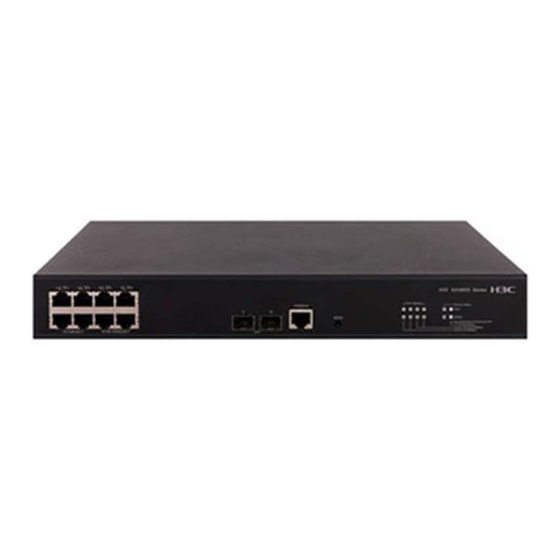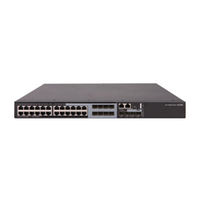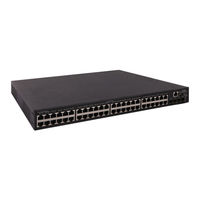
H3C S3100V3-EI Series Manuals
Manuals and User Guides for H3C S3100V3-EI Series. We have 6 H3C S3100V3-EI Series manuals available for free PDF download: Configuration Manual, Installation Manual, Troubleshooting Manual
H3C S3100V3-EI Series Configuration Manual (250 pages)
Layer 2-LAN Switching Configuration Guide
Table of Contents
Advertisement
Advertisement
Advertisement





